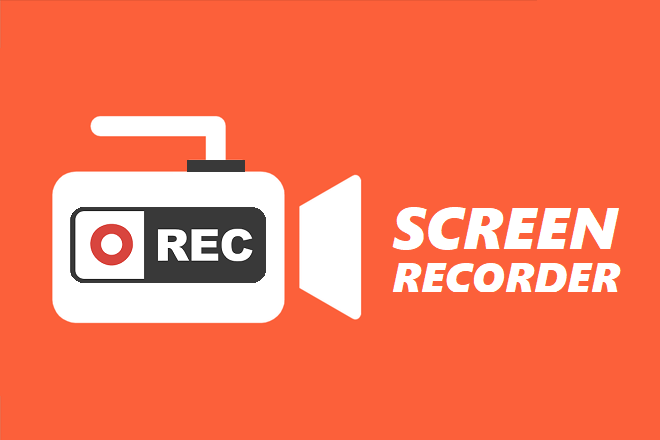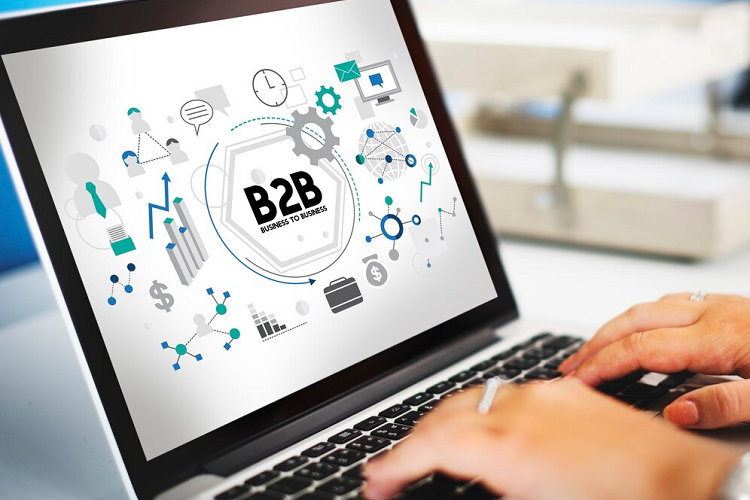Understand the basics of ELD devices and compliance regulations to ensure your fleet meets FMCSA requirements. An ELD connects with a truck engine to automatically record driving hours for accurate service hours.
These devices replace old paper logs and less advanced AOBRDs, allowing for edits and annotations while keeping records DOT-compliant. It allows for streamlined roadside inspections, saving both time and money.
What is an ELD?
An ELD, or electronic logging device, monitors driving time and ensures compliance with federal hours of service regulations. It replaces paper logbooks, reduces fatigue, and helps drivers stay safe.
Some companies also use their ELDs to track engine fault codes so fleet managers can proactively repair issues and avoid costly breakdowns. It helps fleets reduce costs, keep drivers on the road, and improve driver safety.
While different providers offer varying features, most provide FMCSA-registered ELDs that meet the federal mandate. It’s also essential to look for a solution that integrates with driver safety and GPS tracking to create an all-in-one fleet management system. It will help drivers avoid unnecessary fines, save time and money and make it easier to meet DOT requirements. Then, you can focus on the job at hand – keeping your trucks on the road.
ELD Mandate
ELDs and EOBRs (electronic onboard recorders) are similar in many ways, but the differences come down to how they operate. Regardless of the difference, the central function is to monitor a commercial driver’s Hours of Service compliance and record the results.
All ELD device have to be powered on and operational within one minute of their engine receiving power, and they must stay powered until the vehicle is stopped. They should also offer multiple communication methods and be resistant to tampering.
To ensure the quality of their products, FMCSA requires all device manufacturers to self-certify their ELDs and register them. However, registration does not equate to approval by the agency. Choosing a reliable vendor with the proper hardware and software is vital to meet the ELD mandate. Fleets that do so can expect to reduce their paperwork and save much time. Additionally, they can expect to increase their safety standards and save money on maintenance costs.
ELD Requirements
ELD requirements are essential to understand for any fleet operator. They improve safety standards for drivers and those around them and help keep fleets compliant with FMCSA regulations.
An ELD is a hardware device that connects to the electronic control module of a vehicle’s engine. Once connected, it automatically tracks drive time and records the driver’s Record Duty Status (RODS) without requiring drivers to record their hours on paper manually.
The hardware must be tamper-proof to ensure data integrity and maximize driver safety. It must also be capable of displaying information to trucking safety officials upon request.
It must also be able to communicate with both wireless and web services and provide local data transfer methods like Bluetooth and USB 2.0 ports. Additionally, it must be capable of displaying at least eight days’ worth of RODS graph grids. Lastly, the device must provide a default “on-duty not driving” status and sync its clock to the Universal Time Coordinated system with a maximum deviation of 10 minutes.
ELD Benefits
ELDs reduce the paperwork that trucking companies previously had to keep, saving them time and money. They also make it easier to pass roadside inspections and prevent costly violations by providing reliable HOS data.
When choosing an ELD solution, it is essential to consider how the device will integrate with your current fleet management software. Look for a solution that is easy to install and can be updated as regulations change. Also, look for a solution that offers an event-based recording rather than one that pings the device at set intervals (i.e., every 1-15 minutes), which may not provide the most accurate information.
Finally, ensure that the solution you choose has been registered with FMCSA. While this is not a guarantee of compliance, the vendor has self-certified the device’s technical specifications and registered the model with FMCSA. It will give you confidence that your chosen device will meet the new regulations.






